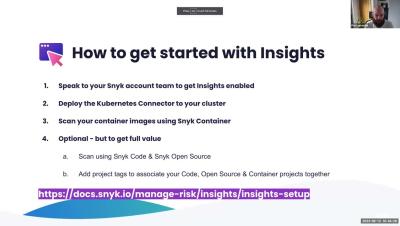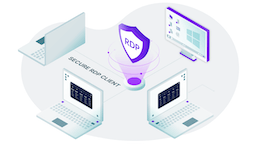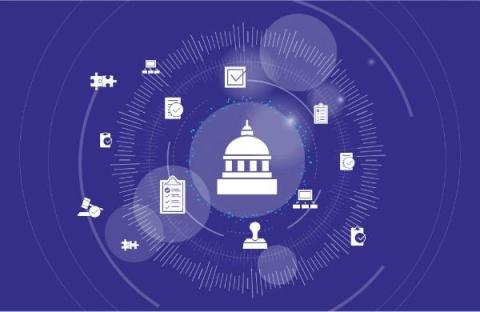Security | Threat Detection | Cyberattacks | DevSecOps | Compliance
DevOps
Software Supply Chain Security: The Basics and Four Critical Best Practices
Modern enterprise software is typically composed of some custom code and an increasing amount of third-party components, both closed and open source. These third-party components themselves very often get some of their functionality from other third-party components. The totality of all of the vendors and repositories from which these components (and their dependencies) come make up a large part of the software supply chain.
How to Achieve DevSecOps Success: Use Cases for the Financial Services Industry
Navigating Chaos: JFrog Security Essentials and Advanced Security
How Software Supply Chain Security Regulation Will Develop, and What Will It Look Like?
The escalation of international legislative interest in regulating the software supply chain has led to an increasing likelihood that tools such as software bills of materials (SBOMs) and AppSec solutions will become essential for companies doing business in the public sector or in highly regulated industries. However, the process of building and enforcing effective regulations presents challenges as well.
How we built a secure RDP client
Today’s remote desktop protocol (RDP) clients don’t do enough to promote a strong security posture. They default to weak password-based authentication, leaving Windows infrastructure vulnerable to brute force attacks, and assume a direct connection to a well-known port is available. At Teleport we’re a bit bonkers about always trying to build the most secure solution, so we set out to do something different.
Why Legal Regulation Shifts Responsibility for Software Supply Chain Security to Vendors
In the face of increasingly impactful malicious attacks, governments of leading economies have turned their attention to the software supply chain security. Regulations like the EU’s Digital Operational Resilience Act (DORA) for financial institutions and the Cyber Resilience Act (CRA) for software and hardware providers Australia’s 2023-2030 cybersecurity strategy, and the U.S.
K8s OPA Policy Controller : 2023-09-06T21:00:30Z
Are You Protected from the 12 Most Exploited Vulnerabilities?
One of the most vital things to get right in application security is dependency management, and to achieve this, your suite of AppSec tools must be up to date. This means that your vulnerability scanning, detection, and remediation capabilities must be able to identify and address the newest and most exploited vulnerabilities. Do you know what these vulnerabilities are? Have you got them covered? With the help of some of the world’s leading cybersecurity authorities, you can be.











